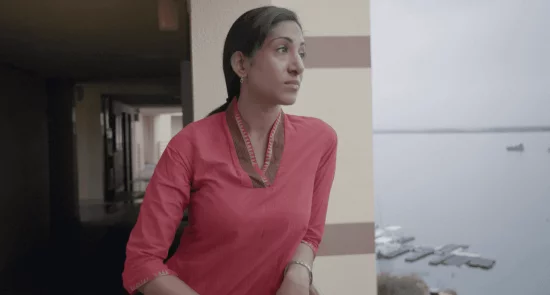Human rights February 26, 2019
Short Link:CIA Gave details of 9/11 Suspect’s secret Torture to Film-makers, Lawyers Say

Ammar al-Baluchi’s defense team said they were stunned to see portrayal of his torture, including beatings, in Zero Dark Thirty.
The makers of the film Zero Dark Thirty were given detailed information about the torture of an inmate at a CIA “black site” that had been denied to the prisoner’s own defence counsel at his trial in Guantánamo Bay, his lawyers claim.
Members of defence team for Ammar al-Baluchi, undergoing pre-trial proceedings for his alleged role in the 9/11 attacks before a military tribunal at the US base, said they were stunned to see the portrayal of his torture, including beatings, suspension from manacles and waterboarding, in the Oscar-winning 2012 film.
The lawyers discovered that in the CIA’s year-long cooperation with the film-makers, the agency shared details of Baluchi’s torture at a secret prison, or black site, which they had been told were too secret to be divulged.
“A movie director gets greater access than a defence counsel,” Lt Colonel Sterling Thomas, managing defence counsel, said.
It is just one of the anomalies of the Guantánamo Bay military commission hearings that surface in a new Guardian documentary, The Trial.
The trial has yet to begin, despite the fact that Baluchi and his four other co-accused in the 9/11 case have been in Guantánamo for 13 years and were first charged in 2008. The process has been mired in delays caused by the uncertainty about the military commissions themselves and how to treat testimony provided to the FBI by the defendants after they had been subjected to prolonged torture.
Those defendants include Baluchi’s uncle, Khalid Sheikh Mohammed, the self-proclaimed mastermind of the 2001 plane hijacking attacks on New York and Washington.
In the pre-trial hearings, which have been underway for nearly seven years, the defence teams have been repeatedly denied access to witnesses and documentation that might cast light on their clients’ captivity prior to arriving in Guantánamo.
“This is a death penalty trial and we’re supposed to be entitled to every scrap of evidence that could be material to the case,” Alka Pradhan, another member of Baluchi’s defence team, says in The Trial. “Everywhere we go we are looking for information that we have not got from the US government, like where they may have been held, which the government has said absolutely flat out they consider to be classified and they will never tell us. That’s sort of crucial to the case.”
The countless arguments over procedure are a source of profound frustration for the families of the nearly 3,000 victims of the 9/11 attacks, a few of whom attend each of the military commission hearings.
Steven Hagis, whose son – also called Steven – was a financial executive killed in the World Trade Center, said after one recent hearing: “I’m not saying there’s an open or closed case but is there a better way to figure out what the process should be than having defense lawyers and prosecution lawyers arguing it out point by point? I don’t think this is going to be resolved in my lifetime.”
The only US conviction of a 9/11 plotter to date has been in federal court in Virginia, where a French citizen, Zacarias Moussaoui, was sentenced to life imprisonment in May 2006.
The cost of keeping a prisoner at the Guantánamo Bay, on permanent lease from Cuba since 1903, is also much higher than in the US. The estimated cost for each of the 40 inmates left in the camp is $10m a year, compared to less than $100,000 for a high-security federal prison.
Barack Obama pledged to close down the prison camp when he took office in 2009, but failed to deliver on the promise. Donald Trump has ordered it kept open and has said he may send many more detainees there. There have been reports that British and other European jihadists who fought with Isis could be sent there.
The Pentagon said this month that they have received no orders for any prisoner transfers to Guantánamo. Cmdr Adam Bashaw, spokesman for the joint taskforce running the prison facilities, told the Guardian: “Although we have received no orders to do so, we are currently prepared to take in up to an additional 40 detainees with no additional staffing requirements. “With minimal adjustments to current infrastructure and manpower we could take up to 200 detainees total,” he said. “A detainee population of more than 200 would require additional infrastructure and manpower.”



